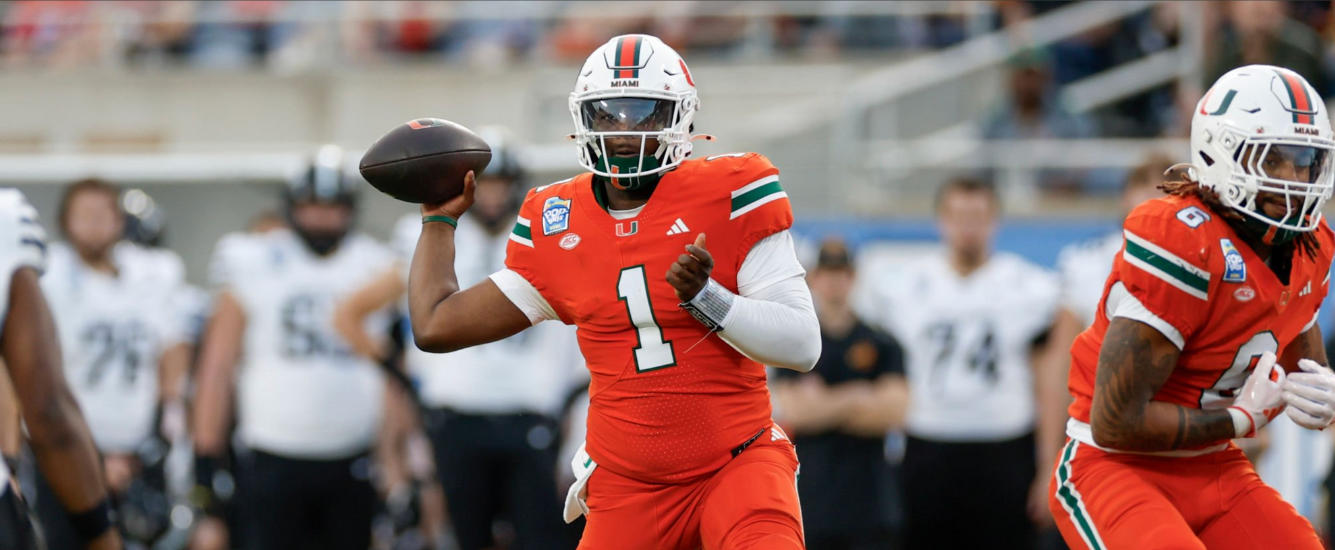Bjorn Yang-Vaernet explores the Round 3/4 anchor running back strategy and explains why 2022 might be the best year to utilize this roster construction.
Several times on Stealing Bananas, Ben Gretch and Shawn Siegele have promoted the idea of conducting an anchor running back build using an RB after Rounds 1 or 2.[1]Anchor RB refers to picking one RB early to “anchor” the team and picking the RB2 in Round 7 or later. Despite the expertise of those two, I was skeptical of how well this type of structural build works out in practice. So I turned to the Roster Construction Explorers to look at builds with an anchor RB in either the third or fourth round.
As I suspected, the overall data for this build isn’t favorable. The advance rate at the first and second stages of Underdog’s Best Ball Mania II was below average.

Although we only have one year of UD data, Fanball win rate data provides a similar view over a longer period of time. Keep in mind that Fanball scoring is full PPR, so RBs are devalued, but it is worth mentioning how poor this build works in practice.

While the overall strategy has not been too successful, I had a feeling that Ben and Shawn were very selective of the types of backs they are willing to draft in this range. After looking at the UD ADPs for RBs in Round 3 and 4 in the last two years, a few player archetypes stood out:[2]This is based on how each player was perceived during draft season vs how the season actually played out
| Year | Name | Team | ADP | 0.5 FP/g |
|---|---|---|---|---|
| 2021 | D’Andre Swift | DET | 34.4 | 13.9 |
| 2021 | Chris Carson | SEA | 37.7 | 11.8 |
| 2021 | David Montgomery | CHI | 39.2 | 13.9 |
| 2021 | Miles Sanders | PHI | 44.5 | 8.9 |
| 2020 | Chris Carson | SEA | 27.8 | 14.1 |
| 2020 | Jonathan Taylor | IND | 28.3 | 15.8 |
| 2020 | Todd Gurley | ATL | 36.4 | 10.1 |
| 2020 | David Johnson | HOU | 41.0 | 13.8 |
| 2020 | Melvin Gordon | DEN | 41.6 | 12.7 |
| 2020 | Le’Veon Bell | KC | 45.9 | 5.4 |
| 2020 | Leonard Fournette | TB | 46.9 | 8.8 |
- Young, talented players with uncertain playing time: Jonathan Taylor, De’Andre Swift
- Players with high projectable volume on bad teams: David Johnson, Todd Gurley, David Montgomery, Miles Sanders
- Part-time players on good teams: Leonard Fournette, Le’Veon Bell, Melvin Gordon, Chris Carson
Of the three archetypes listed, the first is clearly the one that is least fragile to outside factors. Not surprisingly, Taylor is also the one player whose fantasy point production stands out in that list.
Learning from past results can help guide the future, and for that reason, I believe that 2022 is the year that the Round 3/4 anchor RB build can succeed. I will demonstrate using RotoViz tools that the players going in this range have RB1 upside and oftentimes, are a discounted version of the RBs going in the earlier rounds. Here are the RBs going in Rounds 3 and 4 as of early August:

The RB Traps
As highlighted previously, the biggest trap that drafters shouldn’t fall for is only caring about projectable volume. Volume or expected role is an important part of identifying players to draft, but the talent also needs to be commensurate. There are seven players going in this range, but I want to rule out three of them who don’t quite fit the RB1 profile.















